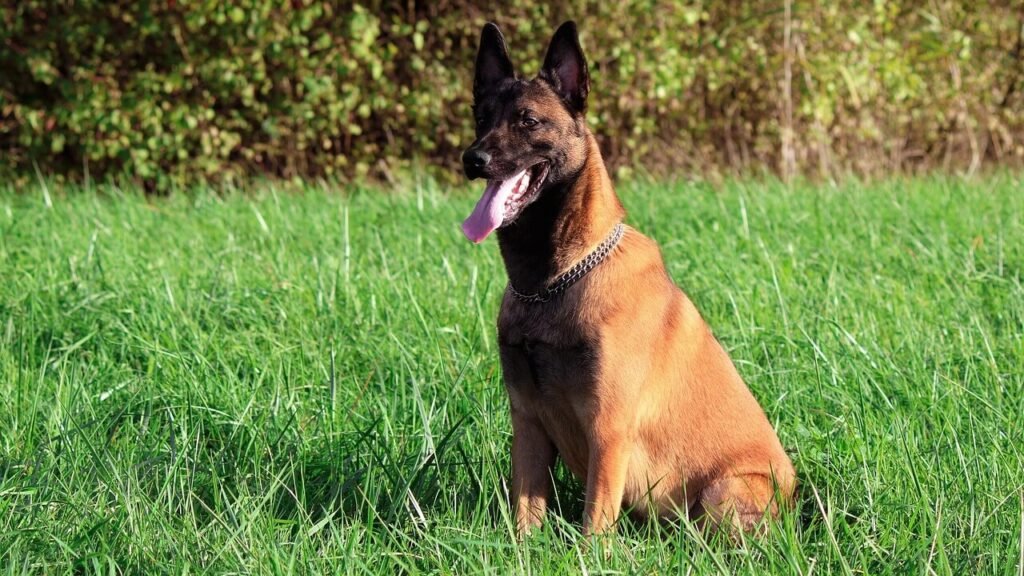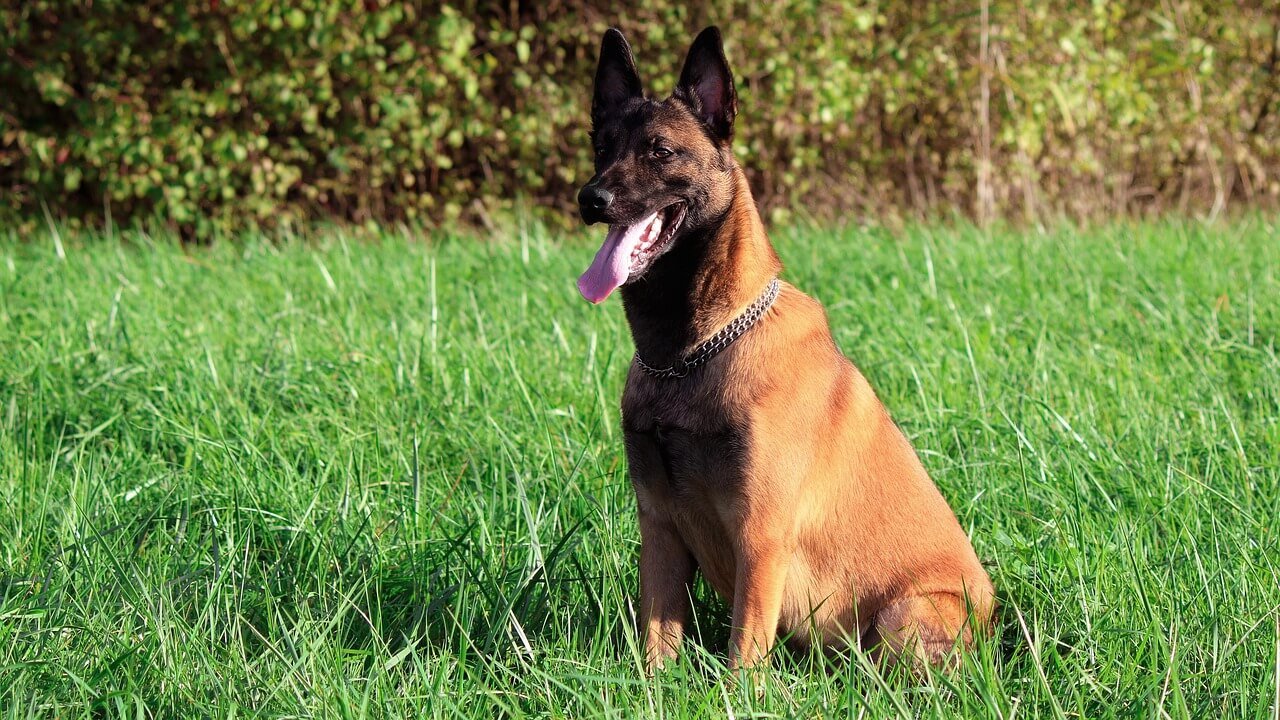What Dog Has the Strongest Nose? Unveiling Canine Super Sniffers
When it comes to extraordinary senses, a dog’s nose is nothing short of remarkable. While all dogs possess an impressive sense of smell compared to humans, some breeds stand out for their unparalleled olfactory abilities. These “super sniffers” are often employed in critical roles like search and rescue, drug detection, and even medical diagnostics. But what makes their noses so powerful, and which breed truly has the strongest nose?
In this guide, we’ll explore the science behind canine olfaction, highlight top contenders for the title of “strongest nose,” and uncover why these incredible animals are so indispensable to humans. Whether you’re a dog lover or simply curious about their unique abilities, this article will leave you amazed by the power of a dog’s nose.
Top Breeds Known for Their Incredible Sense of Smell
Certain dog breeds have earned reputations as scent specialists due to their exceptional nasal capabilities. These dogs are often used in professional settings where their keen sense of smell can make a difference. Here are some of the top breeds known for their extraordinary sniffing skills:
Bloodhound : Famous for its ability to track scents over long distances, the Bloodhound has an estimated 300 million scent receptors—more than any other breed.
German Shepherd : Often used in police and military work, German Shepherds excel in detecting drugs, explosives, and missing persons.
Beagle : With a playful personality and a powerful nose, Beagles are commonly employed in airport security and quarantine inspections.
Labrador Retriever : Known for their versatility, Labradors are frequently trained as detection dogs for narcotics, bombs, and even diseases like cancer.
Belgian Malinois : A close cousin of the German Shepherd, this breed is prized for its agility and sharp sense of smell in high-pressure environments.
These breeds demonstrate that a strong sense of smell isn’t just about biology—it’s also about training and temperament, making them invaluable partners in various fields.
Why Do Some Dogs Have Stronger Noses Than Others?
The strength of a dog’s nose depends on several biological and environmental factors. Understanding these elements helps explain why certain breeds excel in scent work while others don’t.
Number of Scent Receptors : Dogs with more scent receptors, such as Bloodhounds (300 million), can detect faint odors better than those with fewer receptors.
Specialized Nasal Anatomy : A dog’s nasal cavity contains specialized structures that enhance airflow and allow them to analyze scents more effectively.
Brain Processing Power : The part of a dog’s brain dedicated to processing smells is up to 40 times larger than in humans, giving them superior scent interpretation.
Training and Experience : Even the best-nosed dogs need extensive training to harness their natural abilities for specific tasks.
Environmental Factors : Regular exposure to diverse scents during puppyhood can sharpen a dog’s olfactory skills over time.
These factors combine to create the perfect recipe for a super sniffer, whether the dog is bred for hunting, detection, or companionship.
Check this guide 👉How Far Can a Dog Smell Its Owner? Best 7 Health Tips!
Check this guide 👉How Far Can a Dog Smell? Best 7 Expert Tips!

Breeds with Strong Noses | Common Uses for Their Skills |
|---|---|
Bloodhound | Search and rescue operations |
German Shepherd | Police and military work |
Beagle | Airport security and inspections |
Labrador Retriever | Medical diagnosis and detection |
Belgian Malinois | Explosive and bomb detection |
How Are Dogs Trained to Use Their Strong Sense of Smell?
Training a dog to use its powerful nose involves patience, consistency, and positive reinforcement. Here’s a breakdown of how professionals turn innate talent into practical skills:
Basic Obedience Training : Before focusing on scent work, dogs must master basic commands like “sit,” “stay,” and “come.”
Introduction to Target Scents : Trainers introduce dogs to specific scents they need to identify, using rewards like treats or toys for correct responses.
Gradual Complexity : Once the dog masters simple tasks, trainers increase difficulty by hiding scents in harder-to-reach places or adding distractions.
Real-World Simulations : Dogs practice in environments similar to where they’ll work, such as airports, disaster zones, or wilderness areas.
Continuous Reinforcement : Regular practice ensures the dog maintains its skills and stays motivated throughout its career.
Through structured training programs, these talented dogs learn to apply their natural abilities to save lives, solve crimes, and improve human safety.
Amazing Facts About Dogs’ Sense of Smell
Dogs’ olfactory abilities go far beyond what most people realize. Here are some fascinating facts about their incredible noses:
Superior Detection Range : A dog’s sense of smell is estimated to be 10,000 to 100,000 times stronger than a human’s, depending on the breed.
Layered Scent Perception : Dogs can distinguish individual layers of scent within a mixture, allowing them to track multiple trails simultaneously.
Directional Sniffing : Unlike humans, dogs can determine the direction of a scent trail based on how air currents carry odors.
Emotional Insights : Dogs can pick up on hormonal changes in humans, helping them detect emotions like fear or stress through scent alone.
Medical Miracles : Some dogs have been trained to detect diseases like diabetes, cancer, and even COVID-19 by smelling subtle changes in body chemistry.
These amazing facts highlight just how extraordinary a dog’s sense of smell truly is, making them irreplaceable allies in countless scenarios.
The Role of a Dog’s Nose in Daily Activities
Even outside professional settings, a dog’s sense of smell plays a crucial role in their everyday life. From social interactions to survival instincts, their noses are constantly at work. Here’s how dogs use their olfactory abilities in daily scenarios:
Identifying Familiar Scents : Dogs rely on their noses to recognize family members, friends, and other animals by their unique scents.
Exploring Their Environment : Sniffing helps dogs gather information about their surroundings, such as identifying food sources or potential threats.
Communicating with Other Dogs : Scent marking and sniffing allow dogs to exchange messages and establish social hierarchies.
Finding Lost Items : Many dogs instinctively use their noses to locate misplaced toys, treats, or household items.
Detecting Changes in Weather : Dogs can sense shifts in barometric pressure or approaching storms through subtle changes in scent molecules.
A dog’s nose is truly their primary tool for navigating the world, making it an essential part of their daily routine.
Engaging Your Dog’s Nose Through Play and Training
Stimulating your dog’s sense of smell isn’t just for working dogs—it’s a great way to keep any dog mentally and physically active. Here are some fun activities to engage their sniffing skills:
Scent Games : Hide treats around the house or yard and encourage your dog to find them using only their nose.
Nose Work Classes : Enroll your dog in classes designed to teach scent detection techniques in a fun, low-pressure environment.
Interactive Toys : Use puzzle toys that require your dog to sniff out hidden compartments to access treats or kibble.
Tracking Walks : Allow your dog extra time to sniff during walks, letting them follow scent trails and explore their surroundings.
DIY Snuffle Mats : Create homemade snuffle mats by hiding treats in fabric strips, encouraging your dog to “forage” for food like they would in nature.
By incorporating these activities into your dog’s routine, you can provide enrichment while celebrating their natural sniffing talents.
Potential Downsides of Having a Powerful Sense of Smell
While a strong sense of smell is an incredible asset, it can also present challenges for certain dogs. Owners of highly sensitive sniffers should be aware of these potential issues:
Overstimulation : Dogs with powerful noses may become overwhelmed in environments with too many competing scents, such as crowded areas or busy streets.
Distraction During Training : A dog’s focus on smells can sometimes interfere with obedience training or task performance if not properly managed.
Anxiety Around Unfamiliar Scents : Some dogs may react negatively to unfamiliar or intense odors, leading to stress or fear-based behaviors.
Health Concerns : Conditions like allergies or respiratory infections can impact a dog’s ability to breathe and process scents effectively.
Reliance on Smell Over Sight : Dogs with exceptionally strong noses might prioritize scent over visual cues, which can lead to confusion in certain situations.
Understanding these challenges allows owners to support their dogs’ needs and ensure they thrive despite their heightened sensitivity to smells.
Frequently Asked Questions About Dogs’ Sense of Smell
Which dog breed has the strongest nose overall?
The Bloodhound is widely regarded as having the strongest nose due to its 300 million scent receptors.
Can mixed-breed dogs have strong noses too?
Yes, mixed-breed dogs can inherit excellent olfactory abilities from their parents, especially if one parent is a scent hound or working breed.
How far can a dog track a scent?
Depending on conditions, some dogs like Bloodhounds can follow scent trails that are days old and span miles.
Do small dogs have weaker noses than large dogs?
Not necessarily; size doesn’t always correlate with olfactory strength. For example, Beagles are small but have incredibly strong noses.
Can a dog’s sense of smell decline with age?
Yes, older dogs may experience reduced olfactory sensitivity, but proper care and mental stimulation can help maintain their skills longer.
Celebrating the Incredible Power of a Dog’s Nose
The question of which dog has the strongest nose reveals not only the biological marvels of canine olfaction but also the profound bond between humans and dogs. From Bloodhounds tracking elusive scents to Labradors diagnosing illnesses, these incredible animals continue to amaze us with their abilities. By understanding and appreciating their unique talents, we can better utilize their skills and provide them with fulfilling roles in our lives. Whether your dog is a professional sniffer or simply enjoys exploring the world with their nose, there’s no denying the magic of their sense of smell. So next time you see your furry friend sniffing intently, take a moment to marvel at the wonders of their extraordinary nose.
Do Cats Pout? Best 7 Behavior Tips! Discover how to decode feline emotions, understand "pout-like" behaviors, and strengthen your bond with your cat.
Is Coconut Oil Safe for Cats? Best 7 Health Tips! Discover benefits, risks, and safe usage to enhance your cat’s well-being. Consult a vet first!
Why Is My Cat So Grumpy? Best 7 Health Tips! Discover causes of feline grumpiness and effective solutions to improve your cat’s mood and well-being.
Pregnant Cat Has Bloody Discharge: Best 7 Tips! Learn causes, symptoms, and actions to take for your cat's health. Consult a vet promptly!





